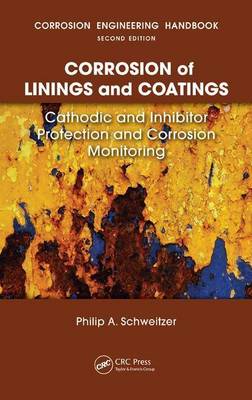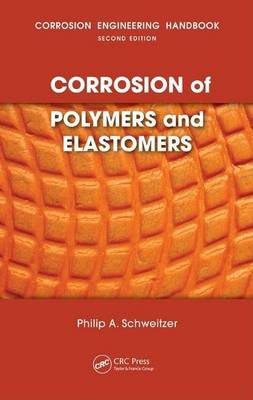Corrosion Engineering Handbook
3 total works
Instead of using expensive alloys to construct a tank or processing vessel, it is often more economical to use a less expensive metal, such as carbon steel, and install a lining to provide protection from corrosion. Corrosion of Linings and Coatings: Cathodic and Inhibitor Protection and Corrosion Monitoring offers focused coverage for professional
Understanding corrosion is essential for selecting and maintaining equipment and structural components that will withstand environmental and process conditions effectively. Fundamentals of Metallic Corrosion: Atmospheric and Media Corrosion of Metals focuses on the mechanisms of corrosion as well as the action of various corrodents on metals and their alloys. The book is tailored to support specialists studying corrosion in metallic materials or using metallic materials.
The first chapters describe different forms of metallic corrosion and the effects of atmospheric corrodents such as sulfur-, nitrogen- and chlorine-containing compounds. They also discuss the corrosive effects of weathering conditions and natural media including water, acids, salts, organics, and gases. The remaining chapters are divided into metal types and their alloys. They cover stainless, ferritic, and martensitic steels as well as nickel alloys, copper, copper alloys, aluminum, titanium, zinc, and lead. Each chapter examines the corrosion potential of the material and provides easy-to-use charts that specify their compatibility with selected corrodents. The book also compares the corrosion resistance of nonferrous metals and alloys.
The first chapters describe different forms of metallic corrosion and the effects of atmospheric corrodents such as sulfur-, nitrogen- and chlorine-containing compounds. They also discuss the corrosive effects of weathering conditions and natural media including water, acids, salts, organics, and gases. The remaining chapters are divided into metal types and their alloys. They cover stainless, ferritic, and martensitic steels as well as nickel alloys, copper, copper alloys, aluminum, titanium, zinc, and lead. Each chapter examines the corrosion potential of the material and provides easy-to-use charts that specify their compatibility with selected corrodents. The book also compares the corrosion resistance of nonferrous metals and alloys.


